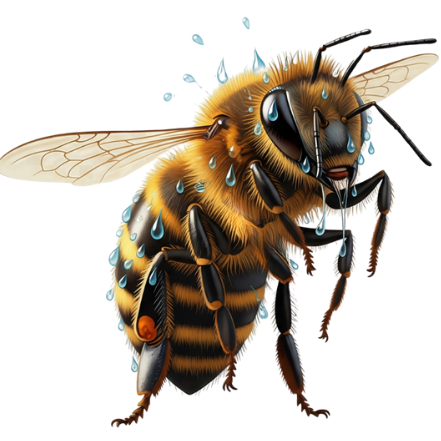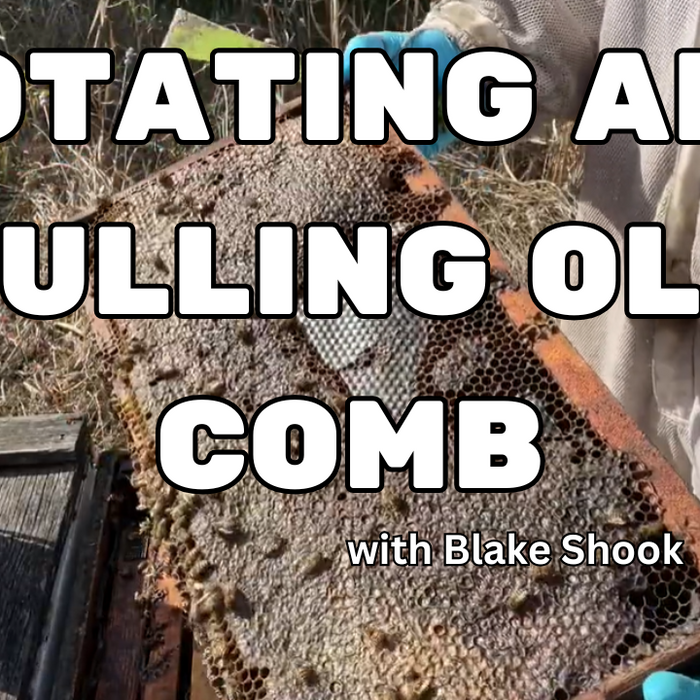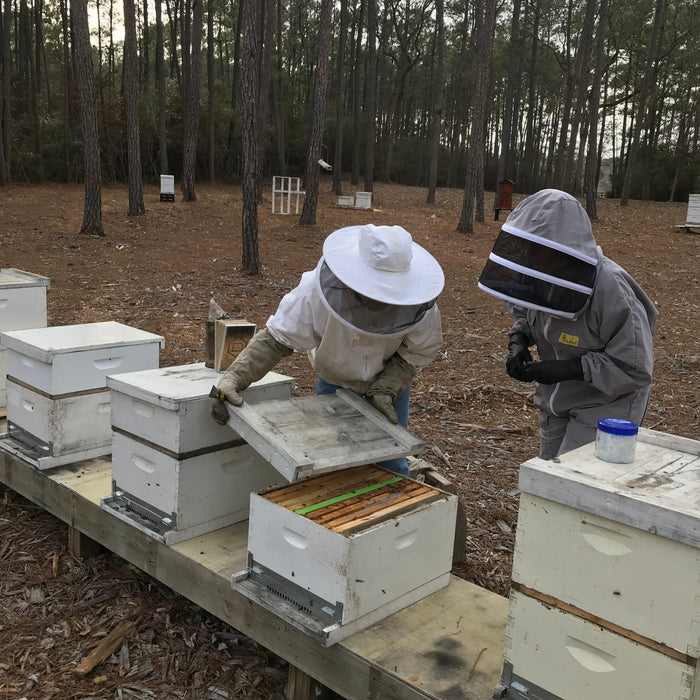
Upper Ventilation: Helping Bees Beat the Heat 🔥
Summer heat can be tough on your bees—but you can help.
With just a few simple ventilation strategies, you can make a big difference. From propping the lid with a stick to creating dead air space above the hive, this article walks you through practical ways to keep your bees cool, comfortable, and productive all summer long.
Smart tips for strong summer colonies.






